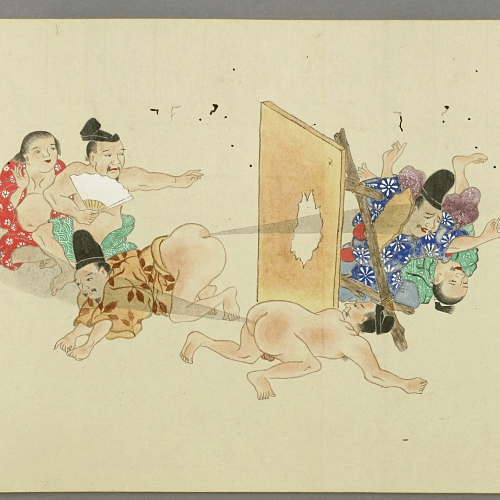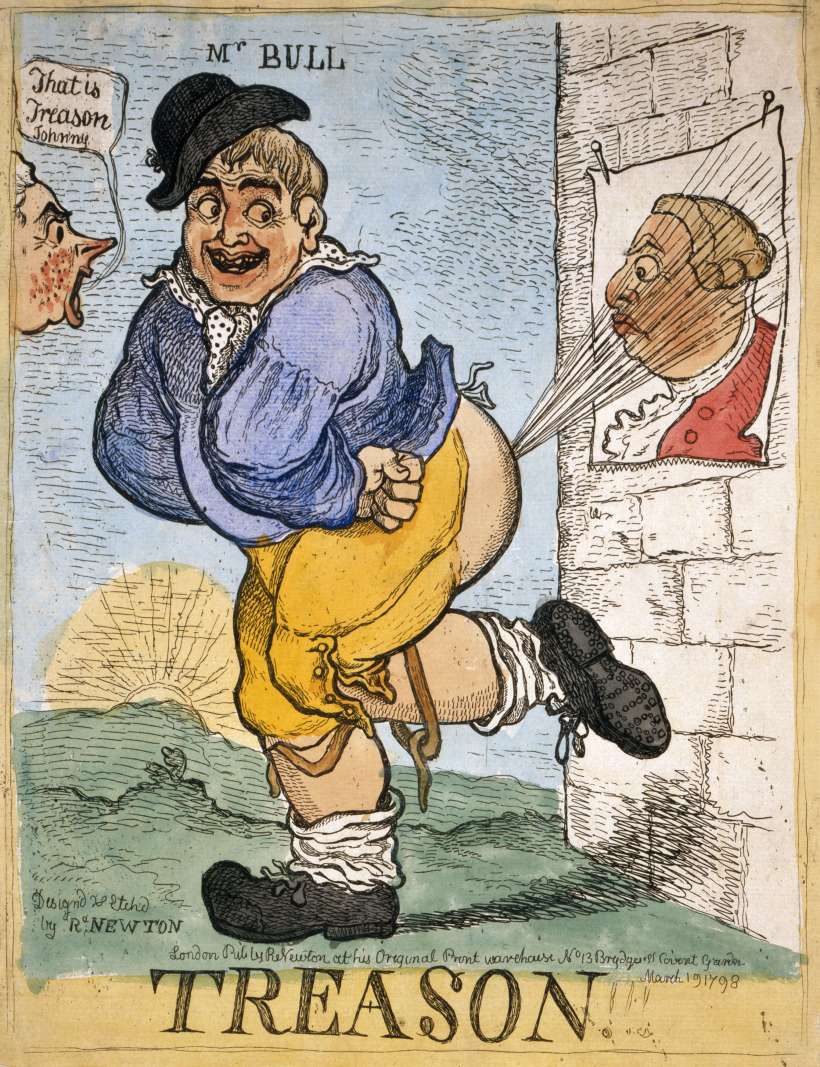When Jon was a PhD student at Edinburgh University in the early 1990s, there was a running joke about the possibility of developing a project on ethnoscatology – a cross-cultural study of toilet habits. If the anthropologist’s cookbook could be written, it was reckoned, then why not the anthropologist’s toilet book? While several social anthropologists (and many biological ones) have dabbled in shit (notably Sjaak Van Der Geest and recently Steven Robins) a more comprehensive project never materialised, but recent years have seen a slow turn within the broader humanities towards things ‘of the bottom’.

The hysterical audience for the floating of this particular air-biscuit included Maya, Ladinos, North Americans and Europeans. It was hard to tell who found it funnier, those who knew what to expect or those who didn’t. In that moment we were all brought together in the humour of wind.
Such delight in flatus is not new. The first recorded joke, from Sumeria (now southern Iraq) dates back to 1900BC – “Something which has never occurred since time immemorial; a young woman did not fart in her husband’s lap.” It has perhaps lost some of its zing but still demonstrates the historical ubiquity of the comedic fart. Likewise ‘Japanese fart scrolls’ depict superheroic farts blowing cats into the air and felling trees; In Maori folklore Kahungunu uses comedically misattributed flatulence to break up a rivals marriage. Comedic flatulence spans across cultures and time. Colonel Gadaffi used to feed visiting dignitaries camel milk for his own amusement knowing that it caused explosive flatulence. Across history, sociology, cultural studies, a number of recent publications have cast their sensory organs – surely not eyes, but ears and noses – towards the fart. So why not anthropology? Should we be developing an ethnoflatology?
We were prompted to write this post by the recent popanth blog on farts across cultures. Here, Kirsten Bell argues that the seemingly universal ambivalence towards farts – their simultaneous fascination and revulsion – is to do with their transcendence of the body’s boundaries. Powerful yet ephemeral, they explode or leak from one body and then quite literally enter the bodies of those around. Perhaps this is the key to why our own farts always smell good – the re- ingestion of emission in an attempt to retain bodily integrity. As we know from both Sperber and Proust, smell is a particularly captivating and nostalgic sense, yet the smell of a digested madeleine seems unlikely to conjure the same remembrance of wind passed as the freshly baked.
In his account of A Secular Age, Charles Taylor contrasts secular and non-secular selves as non-porous and porous. The thing about secular modernity, he argues, is that it is characterised by the generalisation of a view of the self as bounded, integral, not prey to the intrusions of external, supernatural powers. A non-porous, or buffered, self means a non-porous body, which in turn means the regulation of all forms of porousness – including the fart. We have known for a long time that the regulation of the body is the regulation of power. The transgressive body is the powerful body. This goes for the porous and farty body as much as any other. Bakhtin’s vision of the grotesque body celebrates this porousness:
The grotesque body is not separated from the rest of the world. It is not a closed, complete unit; it is unfinished, outgrows itself, transgresses its own limits. The stress laid on those parts of the body that are open to the outside world, that is, the parts through which the world enters the body or emerges from it, or through which the body itself goes out to meet the world.1
From this porousness derives its power of the carnivalesque – ‘a force that pre-exists priests and kings and to whose superior power they are actually deferring when they appear to be licensing. The permitted or sanctioned carnival fart acknowledges the revolutionary force of the carnival’2 carnivalesque fart, which can be lit to ignite the flames of revolt.

That being the case – it’s a good job they’re funny too.
1: Mikhail Bakhtin, Rabelais and His World, (Bloomington: Indiana University Press, 1984), 42
2: Michael Holmquist, Prologue, in Mikhail Bakhtin, Rabelais and His World, (Bloomington: Indiana University Press, 1984), xviii











